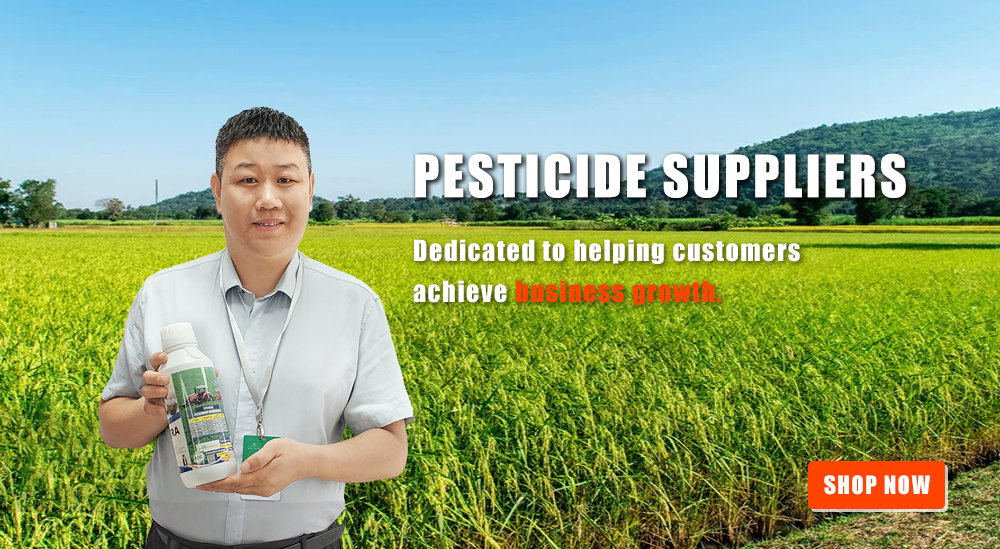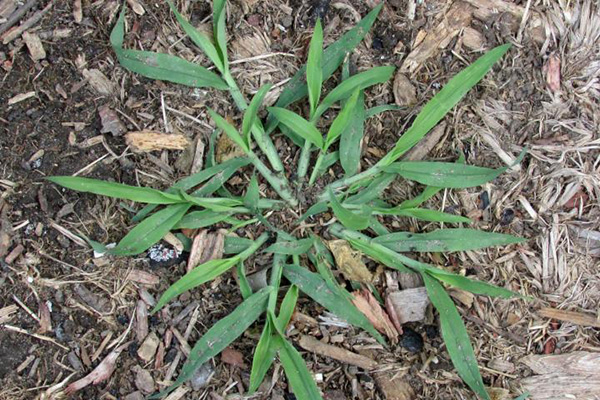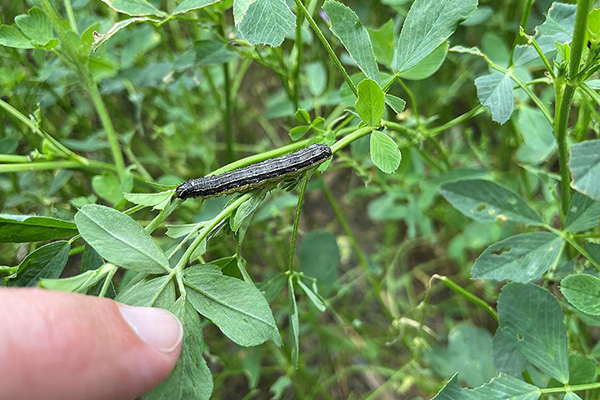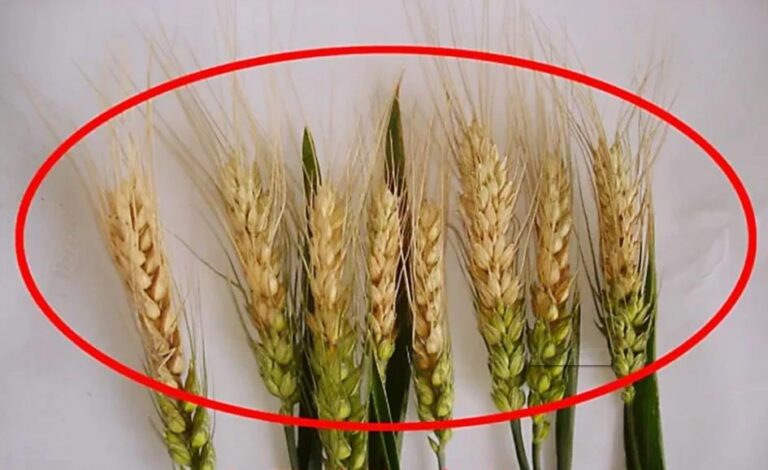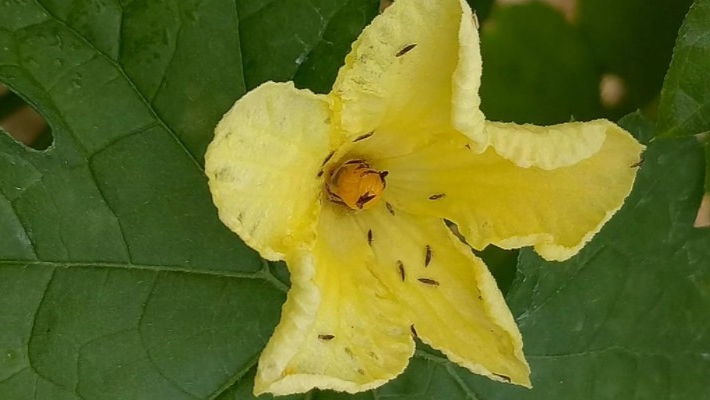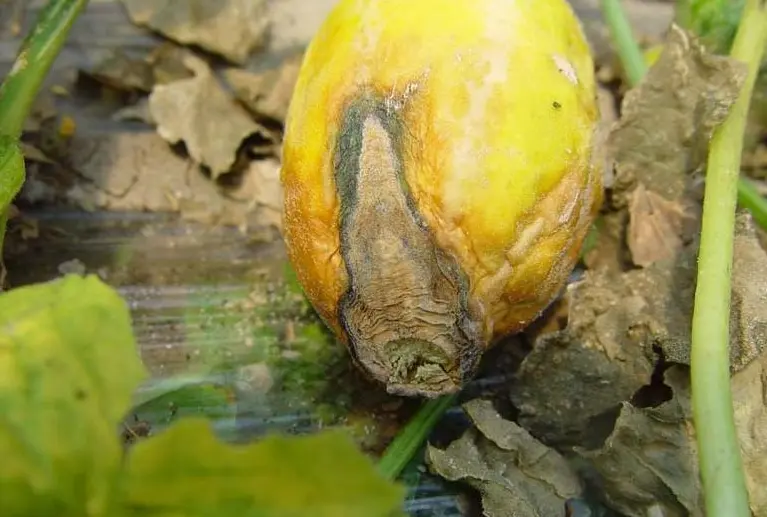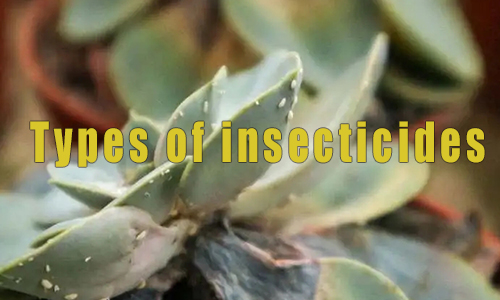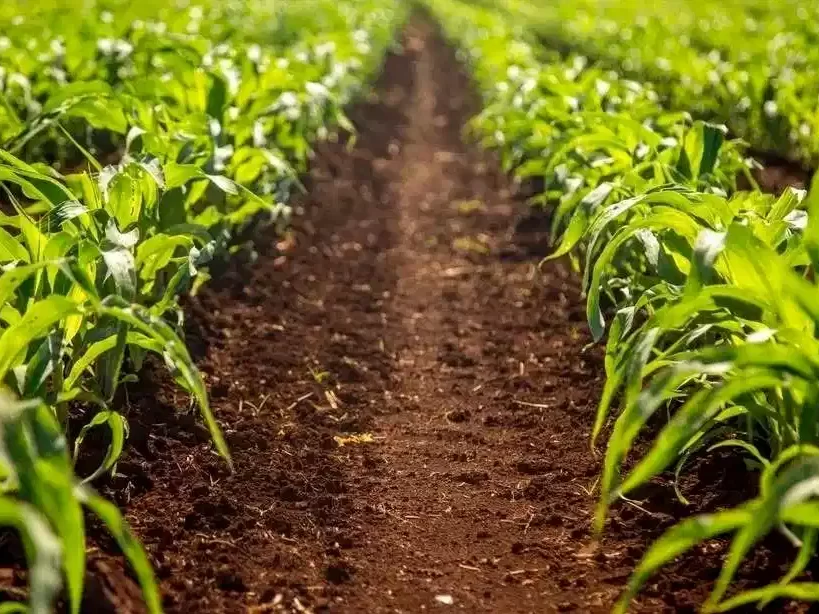
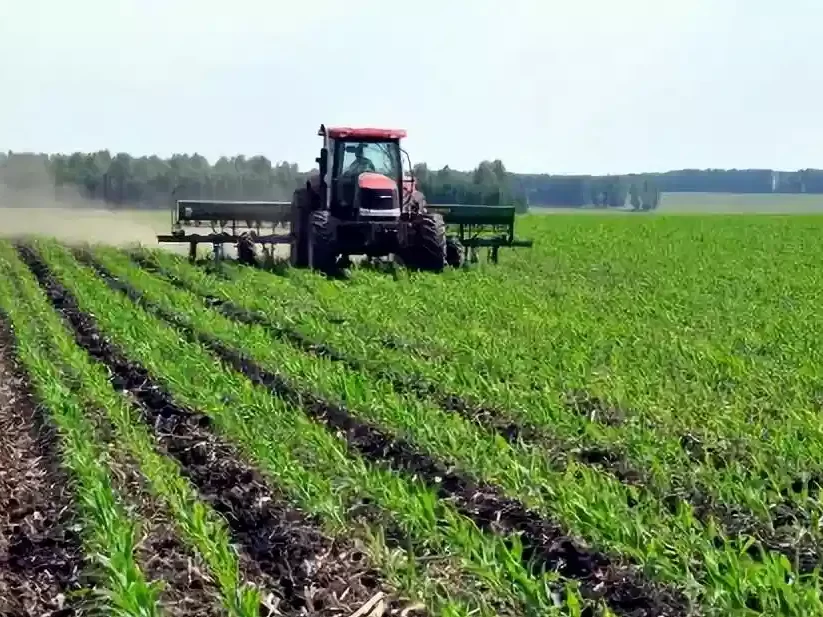
With the increase in no-till planting and the frequent occurrence of spring droughts, low temperatures, and strong winds, pre-emergence weed control has been less effective. Consequently, post-emergence weed control has become more widely used, as it adapts better to varying soil conditions and helps manage weeds after corn has emerged. Understanding how to select and apply post-emergence herbicides correctly is crucial.
Choosing the Right Post-Emergence Herbicide
Selecting the appropriate post-emergence herbicide depends on the corn variety, seedling age, weed species, and weed leaf stage.
- Corn Seedling Stage
The best time to apply post-emergence herbicides is when corn is in the 3-5 leaf stage. At this stage, corn has better resistance to herbicides, reducing the risk of damage. For corn at 5 leaves or younger, you can spray across the field. For corn with more than 6 leaves, lower the spray nozzle to avoid direct contact that could cause harm. - Weed Size
There’s a common misconception that smaller weeds are easier to kill. However, very small weeds have less surface area for the herbicide to act on, which can reduce effectiveness. The ideal weed size for treatment is between the 2-leaf 1-heart and 4-leaf 1-heart stages. At this stage, weeds have enough surface area to absorb the herbicide effectively. - Weather Conditions
Optimal conditions for spraying include temperatures between 15-25°C and relative humidity above 70%. Avoid spraying when temperatures are below 13°C or above 28°C, or when humidity is below 65%. Wind speeds should be below 4 meters per second. The best times to spray are before 9 AM or after 4 PM. - Proper Herbicide Dosage
Follow these two principles for determining the correct dosage: first, use the amount recommended for the area being treated; second, adjust based on weed density, weed species, and weed leaf stage. For high weed density or advanced weed stages, use the higher end of the recommended range; for lower density or earlier stages, use the lower end. - Correct Mixing Method
Use a two-step dilution method for mixing herbicides: first, mix the herbicide with a small amount of clean water, then add it to the spray tank. Add additional water as required, and stir for 5-10 minutes to ensure complete mixing. Avoid using cold water, which can reduce effectiveness. - Controlled Application Volume
The amount of spray solution used affects weed control effectiveness. For post-emergence treatment, use 15-20 liters of solution per acre. Both too much and too little solution can impact results. - Pre- and Post-Spraying Considerations
Avoid applying organophosphate insecticides within 7 days before or after herbicide application, as this can cause herbicide damage. Instead, consider using pyrethroid insecticides. Be cautious to avoid herbicide contact with corn leaves.
Rainy Weather Considerations
If it rains after spraying, you may need to reapply under the following conditions: corn is in the 3-5 leaf stage, and weeds are in the 2-6 leaf stage. Use herbicides such as Mesotrione, Tribenuron-Methyl, or mixtures of these to treat weeds. For grasses like barnyard grass and foxtail, use herbicides such as Bentazone or Bispyribac-Sodium. For broadleaf weeds like duckweed and amaranth, use herbicides like 2,4-D or Penoxsulam.
Challenges and Best Practices
Post-emergence weed control is increasingly important due to the challenges posed by extreme weather and larger farming operations. Delays in application or inconsistent standards in outsourced weed control can impact effectiveness. Adhering to the “pre-emergence and post-emergence” approach ensures comprehensive weed management and improves outcomes.
By implementing these strategies and staying informed about best practices, you can effectively manage weeds and support a successful corn crop.
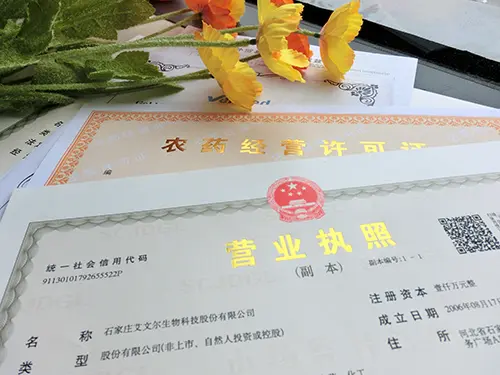
Certificate support
We provides various certificates, including SGS, IBO, and ICAMA. These certifications help customers gain a competitive edge in the market. Awiner assist clients in registering pesticides.
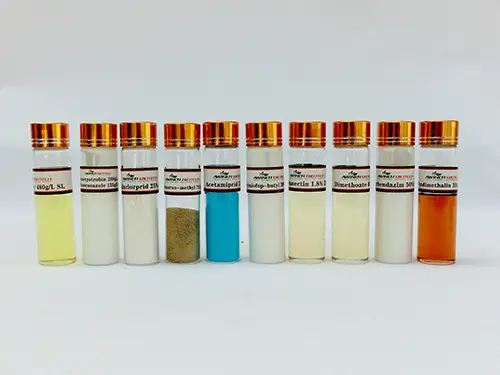
Customized pesticide formulation
A professional technical team will formulate pesticide single agents or combination products tailored to the local conditions and specific needs of crops in the customer’s region.
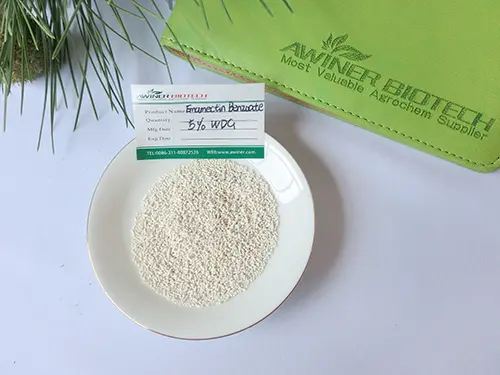
Support samples
Providing samples is part of our excellent service. Generally, samples can be provided within 3 days, and our staff will send them to customers as soon as possible according to the schedule.
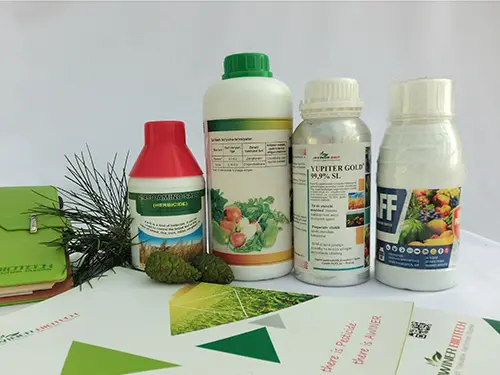
Packaging customization
Pesticide liquid bottles, aluminum foil bags, labels, logos, and more can all be customized to meet customer needs. Our professional design team provides quick design services for customers.

Market Assistance
We collaborate with multiple countries on pesticide exports and can provide customers with local market product data. This helps our clients quickly gain a foothold in the local market.

After-sales service
Pre-sales and production are our strengths, but our after-sales service is also a key advantage. Our professional after-sales team assists customers with customs clearance, sales, and other related issues.
